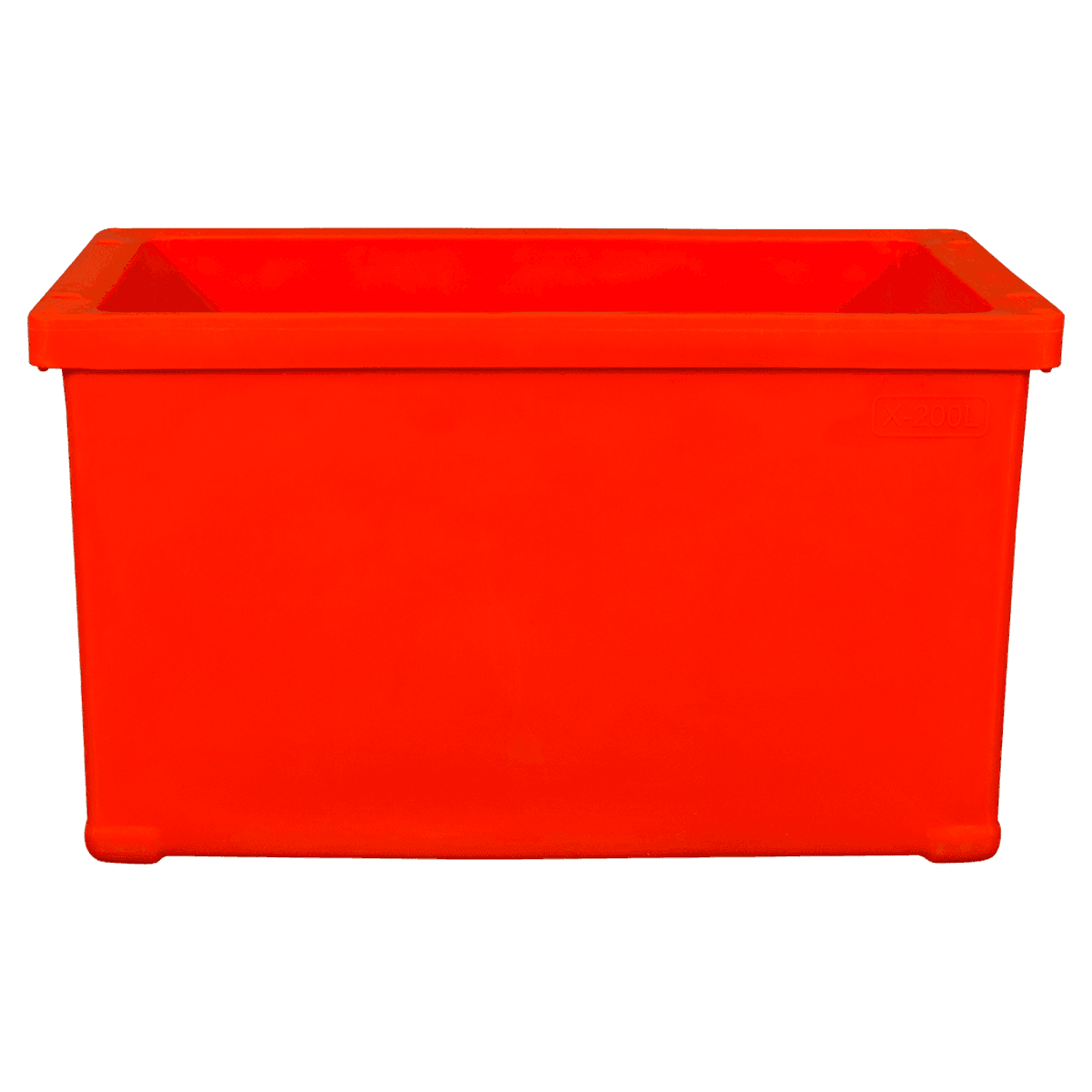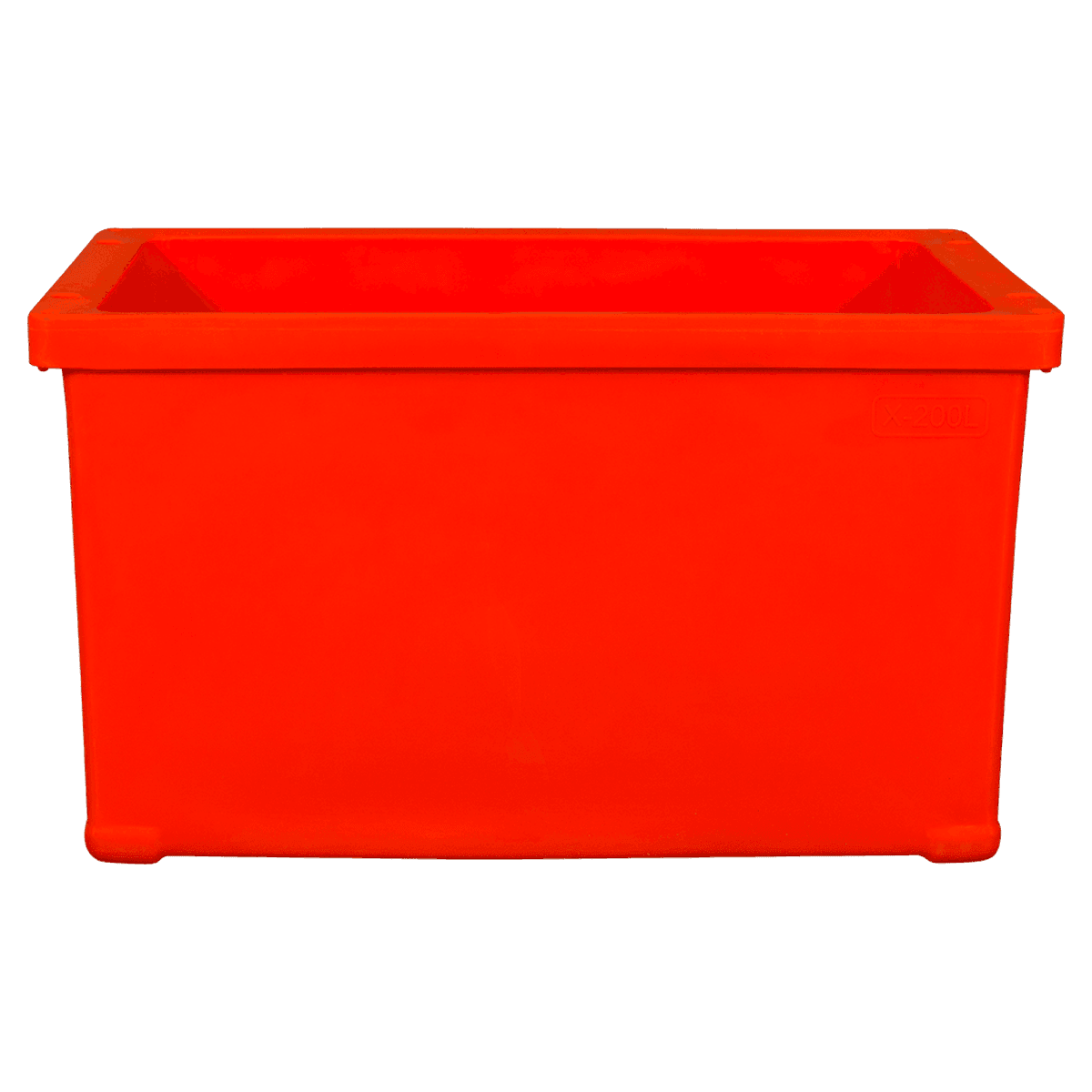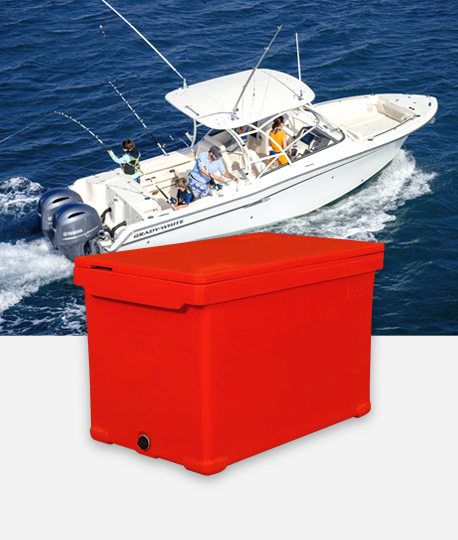Introduction:
When we talk about coolers, we usually think of tools for storing food and drinks during outdoor activities, camping, picnics or long-distance travel. In order to ensure the coolness of food and drinks, the differences between the new ice cooler containers and traditional coolers are often the focus of discussion. Especially in long-term activities, the ice retention time becomes a crucial factor.
1. Basic Differences Between Ice Coolers and Traditional Coolers
Ice coolers are a modern cooler design that usually uses advanced insulation and tighter seals to keep ice cold for as long as possible. They are usually smaller than traditional coolers, but they keep ice colder for a better time. Due to their efficient insulation, ice coolers can usually provide 48 hours or even longer ice retention.
Traditional coolers are the larger, simpler cooling designs we see, usually using foam or hard plastic as insulation materials, and are usually larger in size, suitable for long-distance travel or occasions where large amounts of food need to be stored. Traditional coolers are usually not as good as modern ice coolers in terms of ice retention time, but they often have higher capacity and lower prices.
2. Key factors affecting ice insulation time
The insulation performance is affected by many factors, the following are the most critical ones:
| Influencing factors | Ice cooling container | Traditional cooling box |
| Insulation Materials | Use modern materials such as high-density foam and polyurethane to reduce heat conduction | Generally use ordinary foam or plastic, which has poor insulation effect |
| Sealed design | Good sealing, tight lid to prevent cold air leakage | Poor sealing, lids and gaps are more likely to cause cold air to leak out |
| Capacity | Small capacity, suitable for short-term activities, less contact area between ice and the outside world | Large capacity, suitable for long-term use, but the larger volume may cause uneven temperature |
| Structural design | Multi-layer structure, the insulation layer is tighter and the ice can be kept for a longer time | The structure is relatively simple, usually only has basic insulation function |
As can be seen from the table, the design of ice cooling containers pays more attention to ice retention performance. The materials and structures they use are more advanced than traditional cooling boxes and can more effectively extend the ice retention time.
3. Advantages of ice coolers
The long-lasting ice insulation is the biggest selling point of ice coolers. Many high-end ice coolers (such as Yeti, Pelican and other brands) can keep ice cubes for 48 hours or even longer, which is suitable for long-term outdoor activities. They usually adopt a multi-layer structure, with inner and outer insulation layers and specially designed sealing lids to minimize heat conduction.
Lightweight and easy to use is another advantage. Ice coolers are generally designed to be small and easy to carry, making them very suitable for short trips, picnics, or mountain camping. In contrast, traditional coolers may be too bulky and are not suitable for activities that require frequent carrying.
Adjustability: Some ice coolers provide adjustable dividers or additional ice packs, allowing users to arrange the internal space more reasonably, enhance the isolation between ice and food, and extend the ice retention time.

4. Advantages of traditional coolers
Larger capacity: Traditional coolers are usually designed to be larger in size, suitable for long-term outdoor activities, or family gatherings, large BBQs and other occasions, and can accommodate more food and drinks. For some long-distance travel or camping activities that require a large amount of food and drinks, traditional coolers may be a better choice.
Affordable: For users with limited budgets, traditional coolers are often a more cost-effective choice. Although their ice retention time is not as long as ice cooling containers, their price is relatively low and they are suitable for short-term and less ice insulation performance activities.
Strong durability: Traditional coolers are usually designed to be more rugged and suitable for use in harsh environments. For example, their shells may be made of durable plastic or metal, which can withstand greater impact and pressure, making them very suitable for extreme sports or scenes where heavy objects are carried.
5. Which one is better for you?
Short-term activities: If you only plan to go on short activities for a few hours or a day, such as day camping or beach parties, ice cooling containers may be a better choice. They are smaller, easier to carry, and can provide better ice insulation for a shorter period of time.
Long-term outdoor activities: If you plan to go on long-distance travel or multi-day camping activities, the extra-large capacity of traditional coolers may be more suitable for you. Although they do not keep ice as long as ice cooling containers, you can put more food and drinks in to meet the needs of longer periods of time.
Budget considerations: If you have a limited budget, traditional coolers are an affordable option. While they don’t have the strongest ice retention capabilities, they are adequate for most everyday outdoor activities and are affordable.


 English
English Español
Español عربى
عربى 中文简体
中文简体
-4.png)
-4.png)
-2.png)

-2.png)
-2.png)




